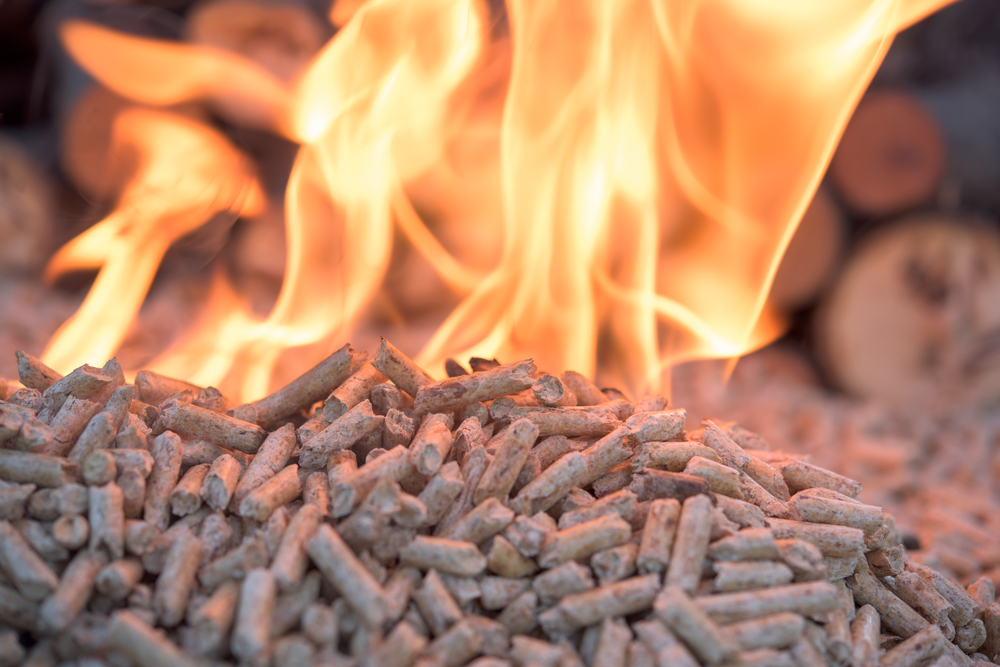What Are The Main Components of Biomass Fuel Boilers?
Biomass fuel encompasses a number of materials that include wood and other agricultural residues. The materials in question can be used for heating buildings and to a lesser extent, for producing power. Biomass can also, if required, produce a combination of heat and power, which only further illustrates it’s efficiency and all round usefulness.
On the other hand, biomass systems require more operator information than other forms of renewable energy such as solar or wind and a small amount of maintenance plus an annual inspection and cleaning means the system can provide heating when needed. Additionally, biomass combustion produces emissions that have to be monitored to make sure they comply with government regulations.
While these are only slight caveats, there is little question that biomass systems are more than fit for purpose. Because biomass systems are so popular and because there is sometimes a slight trepidation when it comes to making the switch, we thought it good to touch on the various components of a biomass fuel system.
What Are The Different Parts of a Biomass System?
There are a number of key components to a biomass system which includes the following –
- Fuel storage and handling or conveying
- Combustor
- Boiler
- Fire suppression systems
- Pumps
- Fans
- Exhaust controls
- System controls
- Automatic ash handling (optional feature)
- Back up boiler
- Heat distribution system
All biomass systems require storage for fuel as well as a way of handling the fuel. Systems that use wood chips or pellets will be stored in silos or a bunker with an automated system that moves fuel from the storage area to the combustion area. PH Winterton recommends that storage areas hold a minimum of three days of fuel at all times.
The day hopper is the last part of the fuel handling system and controls the rate at which the fuel is delivered to the boiler. Wood pellet or log systems the heat created by the boiler can be used to directly heat the air or used to heat water, acting as a medium by which the heat is delivered.
Fire suppression systems help to prevent fire from the combustor travelling back up the conveyor system where fuel is stored. This type of system can also include temperature sensors and water-delivery or control systems to put out fires before they spread throughout the whole system.
Biomass Fuel from PH Winterton
P.H Winterton and Son Ltd first started supplying biomass fuel to assist joineries with getting rid of surplus wood and market the sawmill waste as a product. Biomass fuel has since become increasingly popular due to its low energy densities. We use only grade A wood residue that can be burnt for industrial heating and electricity, ensuring you get the most reliably and high quality energy service.
Contact Us With Any Questions
If you have any questions about biomass fuel, please do not hesitate to get in touch with P.H Winterton now. Whether you are looking for biomass fuel p16 in Staffordshire or our sawmill waste collection, which runs in numerous locations, we are looking forward to hearing from you.

